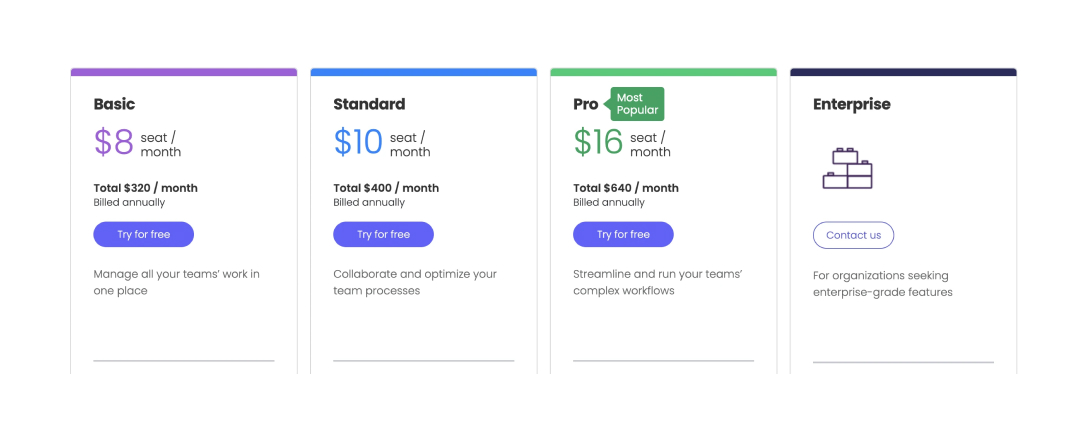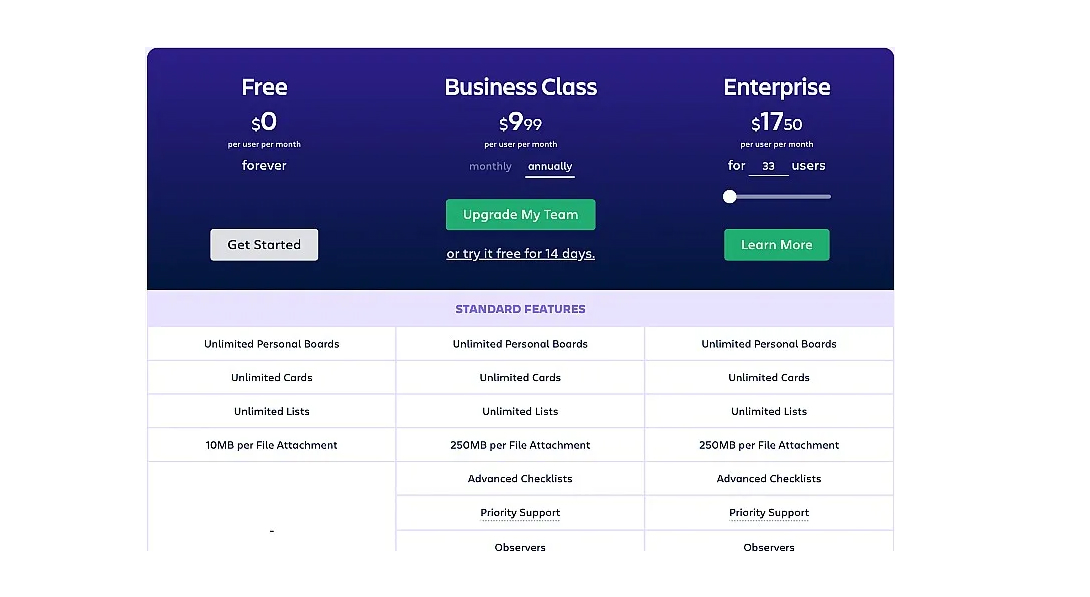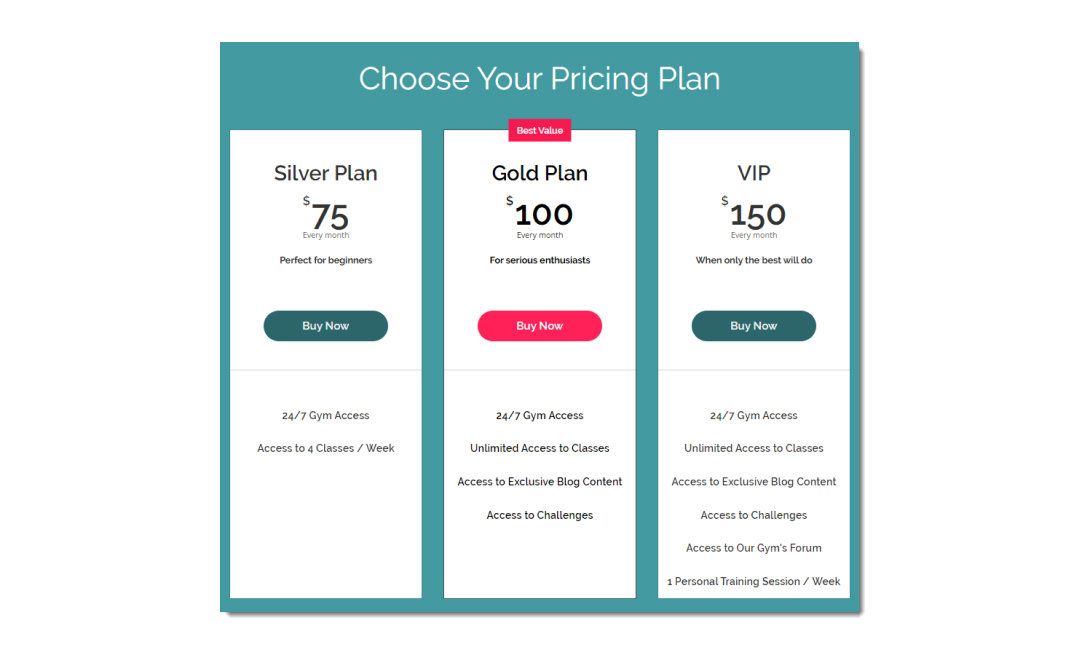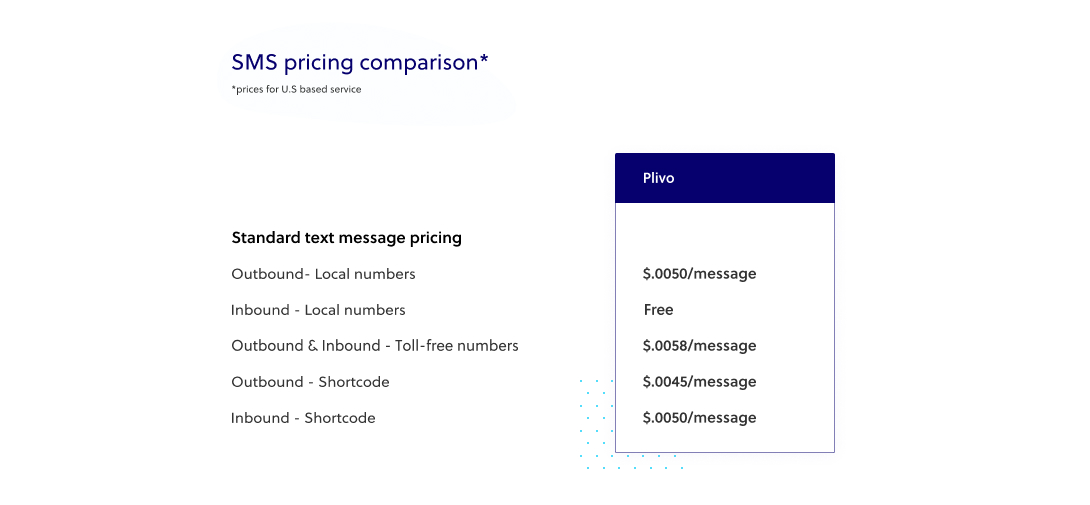-
Introduction:
-
What is SaaS Pricing?
-
What is SaaS Pricing Model?
-
Why is SaaS pricing important?
- What are the different types of SaaS Pricing Models?
-
How to choose the right SaaS pricing model for your SaaS business?
- How to track & analyze your SaaS Pricing model?
- Best SaaS Pricing Strategies
-
Conclusion:
Introduction:
Are you running a SaaS business and facing a dilemma about the effectiveness of SaaS Model? The factor which needs to be highlighted is your ‘Pricing Strategy.’ Yes, often, you need to think beyond it; selecting and sticking with a pricing model may lead to missed opportunities and potential revenue loss.
In this synopsis, we will explore the best SaaS pricing techniques, various SaaS model types, and key metrics that can be used to gauge the performance of your pricing model.
Finding the best pricing approach for your SaaS company is paramount for sustainable growth and profitability. So, let’s explore SaaS pricing and unlock valuable insights to propel your business forward.
What is SaaS Pricing?
SaaS pricing refers to a software pricing model that facilitates users to leverage the software application online and pay on a subscription basis. With this approach, vendors develop and deliver the essential software application directly to customers over the Internet.
As the name suggests, SaaS pricing predominantly revolves around subscription-based models, allowing the users to opt for flexibility to pay, i.e. monthly or annually. Determining the pricing model is mainly influenced by factors like target markets, revenue objectives, and the product’s or services’ marketing strategy for the product or service.
By embracing SaaS pricing, businesses can optimize the power of innovative software applications while benefiting from its high scalability, uninterrupted services, and cost-effectiveness. This approach propels organizations to maximize productivity and stay ahead of the competition.
What is SaaS Pricing Model?
SaaS Pricing Model hinges upon two significant factors: a well-defined framework and a strategic approach incorporated by the SaaS development companies to determine how they will charge the customer for their software product. This model focuses on establishing effective pricing structures, employing different methods and strategies to ascertain the value of SaaS offerings.
Why is SaaS pricing important?
Effective SaaS pricing is paramount for customer retention and staying up in the market. If the customers perceive the price of a SaaS subscription as higher than anticipated, they might be inclined to opt out of subscribing. This poses a significant challenge for SaaS companies, as they must strike a balance between offering competitive pricing and ensuring the financial sustainability of their business.
Customer retention hinges on delivering value to the customers. Just as individuals carefully consider the value of a mobile phone before making a purchase, businesses approach SaaS software procurement with a similar level of discernment. They seek solutions that provide tangible benefits and a return on investment that justifies the cost.
Prioritizing delivering exceptional value impacts the software solution. It fosters SaaS application providers to be trusted partners in the growth & success of their client’s businesses. By maintaining & optimizing pricing strategies, companies can build enduring relationships with their clients.
What are the different types of SaaS Pricing Models?
Companies can adopt many SaaS pricing models available in the market. These pricing models aid in figuring out which one is ideal for their SaaS product or service. Below mentioned are the different types of SaaS pricing models you must consider before determining the price of your SaaS product:-
1) Flat-rate pricing
What is Flat-rate pricing? Flat-rate pricing is one of the most straightforward pricing models to sell your SaaS product. This type of pricing aims to facilitate one particular product at a fixed price for a specific period of time. Customers(users) can choose between monthly or yearly subscriptions. Moreover, it gives the benefits of all the software features regardless of their usage.
– Advantages of Flat-rate pricing
- Simple, easy-to-understand
- Predictable costs
- Cost-effective for regular users
- Improved customer satisfaction
- Effective marketing tool
- Standardized billing processes
- Operational efficiency
– Disadvantages of Flat-rate pricing
- Challenge of customization for user needs
- Difficulty in recovering variable costs
- Limited revenue potential
- Challenges with competitive pricing
- Potential loss of value for some customers
– Examples:-
– Asana

– Trello

2) Usage-based pricing
What is Usage-based pricing? Usage-based pricing is the model in which the customer pays as much as he/she uses a SaaS product. It depends on the usage. If a customer uses more, it will cost him high; contrarily, if he/she uses less, it will cost him low. Many software companies charge based on the number of gigabytes or the number of API requests they do.
– Advantages of Usage-based pricing
- Customization and fairness for individual needs and usage
- Reduced customer acquisition costs
- Capturing service or product value accurately
- Scalability of revenue for increased usage
- Adaptability to diverse customer segments
- Promotes efficient resource usage and conservation
- Potential for increased revenue from value-added services
- Offers flexibility and customized pricing for customers
– Disadvantages of Usage-based pricing
- Understanding and calculating variable costs is complex
- Monthly expenses uncertainty and predictability
- Overuse may cause bill shock
- Challenges in establishing fair pricing tiers and metrics
- Increased administrative and billing complexities in business
– Examples:-
– Zipwhip

– Plivo

3) Tiered pricing
What is Tiered Pricing? In Tiered pricing, there are multiple tier sets or packages of pricing. In this model, each package or tier has limited features as well as usage limits varying from the pricing models. This model is used by big companies like Hubspot. As the tier or packages increase, prices increase, providing more value.
– Advantages of Tiered pricing
- Offer diverse service and product features
- Addresses diverse customer needs and usage patterns
- Capture additional revenue from premium-tier customers
- Differentiation in pricing tiers for customers’ choice
- Customer satisfaction with service or feature pricing
- Accommodates to customer segments & target markets
– Disadvantages of Tiered pricing
- Complex to understand the pricing tiers
- Difficulty in setting features for each tier
- Customer dissatisfaction if the selected tier is not upto the expectations
- Increased administrative & management complexity
– Examples:-
– Slack

4) Per-user pricing
What is Per-user Pricing? In Per-user pricing, customers are charged according to the number of users or seats the SaaS platform possesses. Moreover, this pricing model is famous in the SaaS industry; due to its simplicity– a fixed price for one user, double the price for a second user, and triple for a third user.
– Advantages of Per-user pricing
- Scales for organizational growth
- Customers adjust costs by adding or removing users
- Improves cost control for businesses
- Ensures fairness and appropriate cost distribution
- Simplify business expense forecasting and budgeting
– Disadvantages of Per-user pricing
- Not suitable for small businesses and individuals
- Equal resource utilization causes dissatisfaction
- Complex administrative management and time-consuming tracking
- High per-user costs hinder adoption for new customers or organizations
- It doesn’t accommodate seasonal fluctuations
– Examples:-
– Front

5) Per-feature pricing
What is Per-feature Pricing? In Pre-feature pricing, the price is fixed, considering the features they are offering with their SaaS product. This model typically includes different plans with a specific set of features in each one. On the other hand, more features induce more prices.
– Advantages of Per-feature pricing
- Offers customization and value alignment for customers
- Customers control costs by selecting features, optimizing expenses according to budget
- Allows scalability and usage-based payment
- Customize pricing to meet diverse customer needs
- Ensures fair, transparent pricing for each feature
- Offers accessible entry-level features for evolving needs
- Target market segments with tailored features and pricing
– Disadvantages of Per-feature pricing
- Challenge to understand, compare, and decide
- Decision paralysis due to numerous features
- Difficulty to assess individual features’ value and impact
- Bundled pricing offers higher costs for essential features
- Causes unpredictable expenses
– Example:
– Ahrefs

– Notion

6) Freemium pricing
What is Freemium Pricing? Freemium pricing is a synonymous word, including both free and premium pricing models. In this pricing model, the software product is free for users, but sideways there is also a gateway to additional paid packages. The user can access the other paid tiers depending on their necessity.
– Advantages of Freemium pricing
- Attracts users and boosts brand awareness
- Increases product/service value and conversion likelihood
- Free version lowers the entry barrier
- Offers upselling premium features
- Free versions boost customer loyalty and retention
– Disadvantages of Freemium pricing
- Challenging to convert free into paid users
- Demand for high conversion rates for revenue growth
- Free version may impact brand image
- Free users require support, impacting resource efficiency
– Examples:
– Figma

How to choose the right SaaS pricing model for your SaaS business?
While choosing an optimal pricing model, it is imperative for SaaS vendors to think from a customer-centric approach rather than focusing solely on their role as a service provider. This shift in perspective paves the way to make a better decision on the data retrieved. Considering the below-mentioned points, SaaS vendors can effectively set the stage for choosing the right pricing model
a) While choosing the suitable pricing model evaluating the LTV/CAC ratio is crucial. This metric allows you to determine whether that particular pricing model is ideal for your business’s health.
Now what exactly does the LTV/CAC ratio entail?
Lifetime Value (LTV) and Customer Acquisition Cost (CAC) are two fundamental metrics that provide valuable insights into the value of the customer base. The ratio of 3:1 determines your customer’s value is three times more than the acquisition cost.
1) Customer Acquisition Cost
CAC is estimated by dividing the total cost spent on acquiring customers during a specific period by the number of customers acquired in that period.

[In the above, the cost represents the total expenditure on the marketing and sales activities in the given period. ]
2) Lifetime Value
Lifetime value is the average revenue an individual customer will generate throughout their lifetime as a business customer.

To calculate the Lifetime Value metric, you must consider calculating the ARPU and your churn rate
Now, after calculating both the metric, you must calculate CAC-LTV Ratio

b) Pricing is impacted by multiple factors, making it a complex decision. Moreover, it requires consideration of crucial aspects, including Marketing, Sales, Product, and Management. This will help you position, pack, manage & target your audience effectively.
c) A concise evaluation of the buyer personas is crucial, leveraging the data collected from research. This process involves brief insights about your target audience and their segment. Understanding their needs and preferences will pose you to navigate the market and strategically position your product.
d) To fulfill the diverse needs of your buyer personas, it’s crucial to develop differentiated tiers that align with their requirements. Practicing this lets you effectively package and sell features at different prices. Moreover, it meets the demands of each customer segment.
e) Considering all the data inputs from both existing and prospective customers. You can better address their expectations, and if necessary, you can refine your pricing strategy. Rather than relying on random guesswork, this customer-centric approach brings you closer to a clear vision.
How to track & analyze your SaaS Pricing model?
After deciding on the pricing model, the work doesn’t end here. The next stage comes where you need to determine profitability and usability. Below are a few metrics to track and analyze how well the customer is receiving the pricing model.
1) Gross MRR churn ratio:
Gross MRR churn estimates the total loss the company incurred in terms of percentage. This loss of revenue is due to the cancellation of the license for the product or due to downgrades. You can obtain the percentage by dividing the total MRR churn and the total MRR multiplied by 100 to obtain the percentage.
Gross MRR churn = total MRR churn/ total MRR x 100
2) LTV/CAC ratio:
Before deciding the pricing model, looking at the LTV (Lifetime value) and CAC (Customer acquisition costs) ratios are necessary. A higher LTV/CAC ratio is crucial for a profitable business model, as it helps prevent losses on new customers. Companies often overlook this ratio, leading to potential losses with each new customer.
3) Expansion MRR:
Expansion MRR is a percentage-based ratio indicating revenue generated through add-ons, upsells, and cross-sells. It measures and monetizes the value added to the customers. An increased MRR ratio indicates sustainable growth, as it reduces new CAC costs while increasing revenue and promoting business health.
Expansion MRR = Total expansion MRR at the end of the month – total expansion MRR at the beginning of the month/ total expansion MRR at the beginning of the month x 100
4) Upgrade MRR:
Upgrade MRR is a subscription-based business strategy that calculates the number of customers upgrading from existing plans to higher plans for advanced features. It shows how many customers upgrade to a higher plan,. If the value doesn’t increase, it suggests a low-priced product, requiring a reassessment of the pricing strategy. This is how it is calculated:
Upgrade MRR = Cost of the upgraded/higher plan – Cost of the existing/lower plan
Upgrade MRR = Cost of the upgraded/higher plan – Cost of the existing/lower plan,
Best SaaS Pricing Strategies
SaaS pricing strategies encompass a wide spectrum of strategies, ranging from random numbers to value-driven plans. Amongst these strategies, value-based pricing is the most effective option for maximum revenue across diverse business types. Below mentioned are the best SaaS practice strategies that every business must consider:-
1) Cost-plus pricing
This cost-plus pricing is a widely adopted pricing strategy that includes relevant SaaS costs associated with product development, providers, and team costs. Adding a suitable margin for profit ensures comprehensive coverage of all expenses while safeguarding the profit.
2) Competitor-based pricing
Competitor-based pricing entails aligning the price of what your competitors are charging. Considering prevailing market prices brings you closer to the ideal price. Moreover, it gives you optimal proximity to an ideal price point. This competition-based pricing works well for new startups to establish competitiveness in the market eco-system.
3) Value-based pricing
Value-based pricing is the ultimate strategy for SaaS companies, focusing on customers’ decision-making based on price rather than on competitors or internal factors. It emphasizes delivering value to the customers while aiding in generating revenue.
Conclusion:
Consider the market value, customer satisfaction, and long-term profitability when establishing the pricing plan for your SaaS business. Remember that being rigid with following only one SaaS price model does not necessarily have to be the best choice for your company. You need to adjust the pricing models according to the emerging trends and newly added features. So, align all your requirements and choose the most suitable SaaS pricing model for your business.










